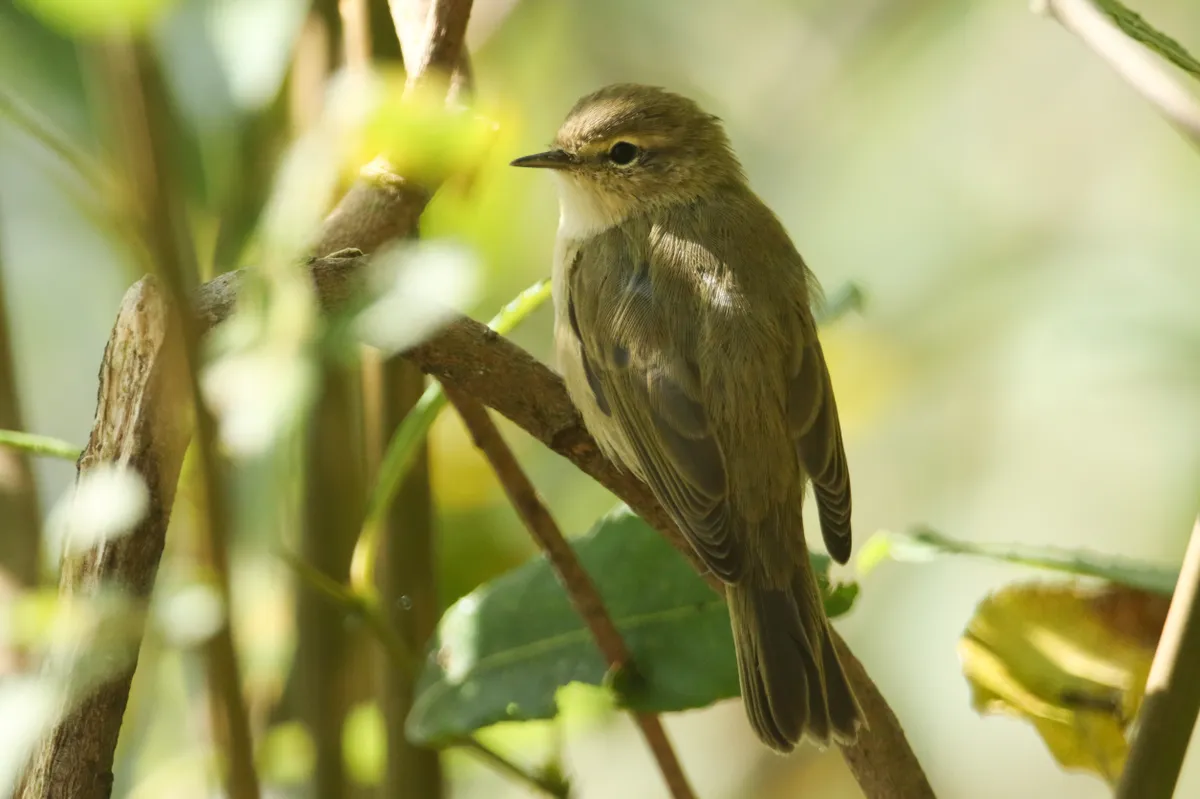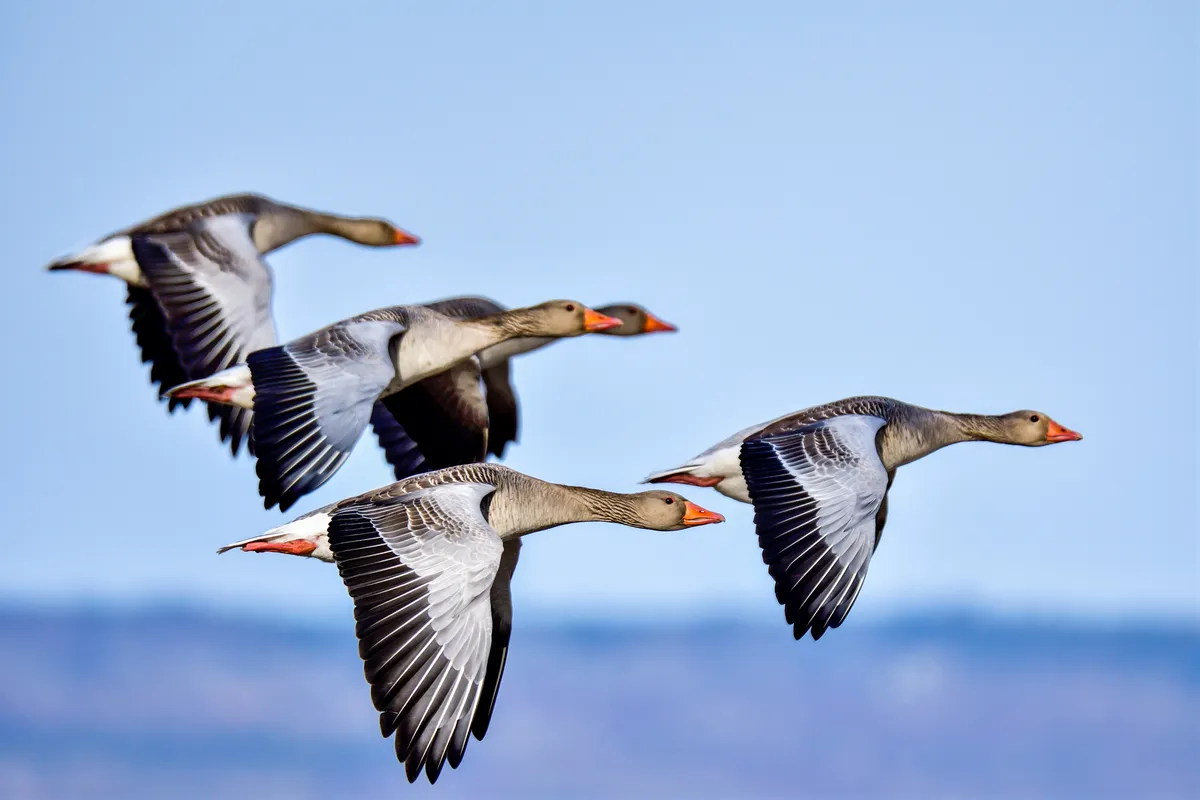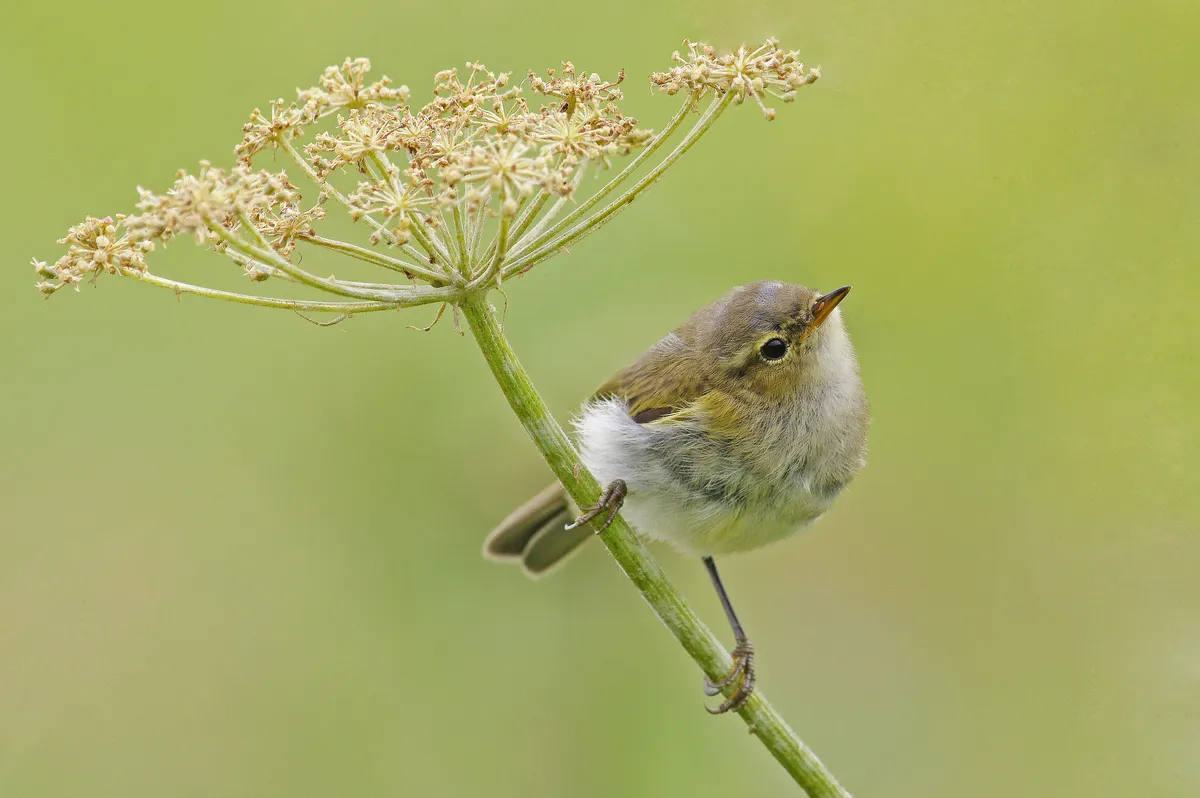A wonderful sound of spring, the repeated “chiff, chaff” phrases of the chiffchaff (Phylloscopus collybita) are often heard on leafless treetops or flowering willows from March onwards.
This member of the warbler family sings persistently right through to July. A waif of a bird, olive-green and undistinguished, but restless and flitty and quite easy to see, mainly in woods with tall trees.
In this guide we take a closer look at the chiffchaff, including what they look like, their song and nesting habits.
Interested in learning more about Britain's birds? Check out our guides to finches, tits, woodpeckers and thrushes.
Warblers of the UK
Warblers are a group of small, often green-brown birds with varied songs. Learn more about these spring and summer songsters with our guide to the warblers of Britain.

What does a chiffchaff look like?
The bird itself is blue tit sized, but an unremarkable olive-green in colour. If you get a decent look you will see a pale eyebrow. Its tail seems to be attached to a different nervous system; the bird constantly twitches it down, and this habit is a good way to tell chiffchaff from the very similar, but less twitchy willow warbler.
The chiffchaff also has shorter wings, black legs and a more obvious white ring around the eye.

What does a chiffchaff sound like?
Few songs lift the heart quite like that of the chiffchaff. It’s nothing much, just a cyclical repetition of “chiff” and “chaff” to make a phrase – in fact, after a while it can be quite annoying. But it’s the context. The chiffchaff has always been one of the first summer visitors to arrive en masse in Britain from Africa, often in early March, and its cheerful utterance is a proclamation that winter is all but over.
You often hear your first one from bare branches, or from the first willow blossom. The song’s breeziness is redolent of the capricious weather moods of March.
Credit: Wildlife World
Are chiffchaffs common in the UK?
The chiffchaff is common in the UK, seen mainly from March-October, with a few in winter. 1.1 million pairs.
Chiffchaff migration
They are one of the last migrants to leave in the autumn, often well into October. A small number also remain in Britain, especially in the south, for the whole winter.
Bird migration guide
Throughout the year, millions of birds migrate to and from the British Isles. Our expert guide explores why some birds arrive in the UK in particular seasons and others leave, which species migrate and where they go when they leave Britain's shores.

Chiffchaff habitat
In the autumn, chiffchaffs spill out from deciduous woodlands and can be seen almost anywhere, including in gardens. They sometimes join flocks of tits in woodlands and scrub.
Chiffchaff nesting and eggs
Although you almost always see a chiffchaff in the treetops (often in leafless branches), it actually builds its nest very low down in a thick bush, although not on the ground. It is an elaborate structure, a dome with a side entrance, made by the female. She also lays 5-6 eggs and may bring up two broods in a season.

